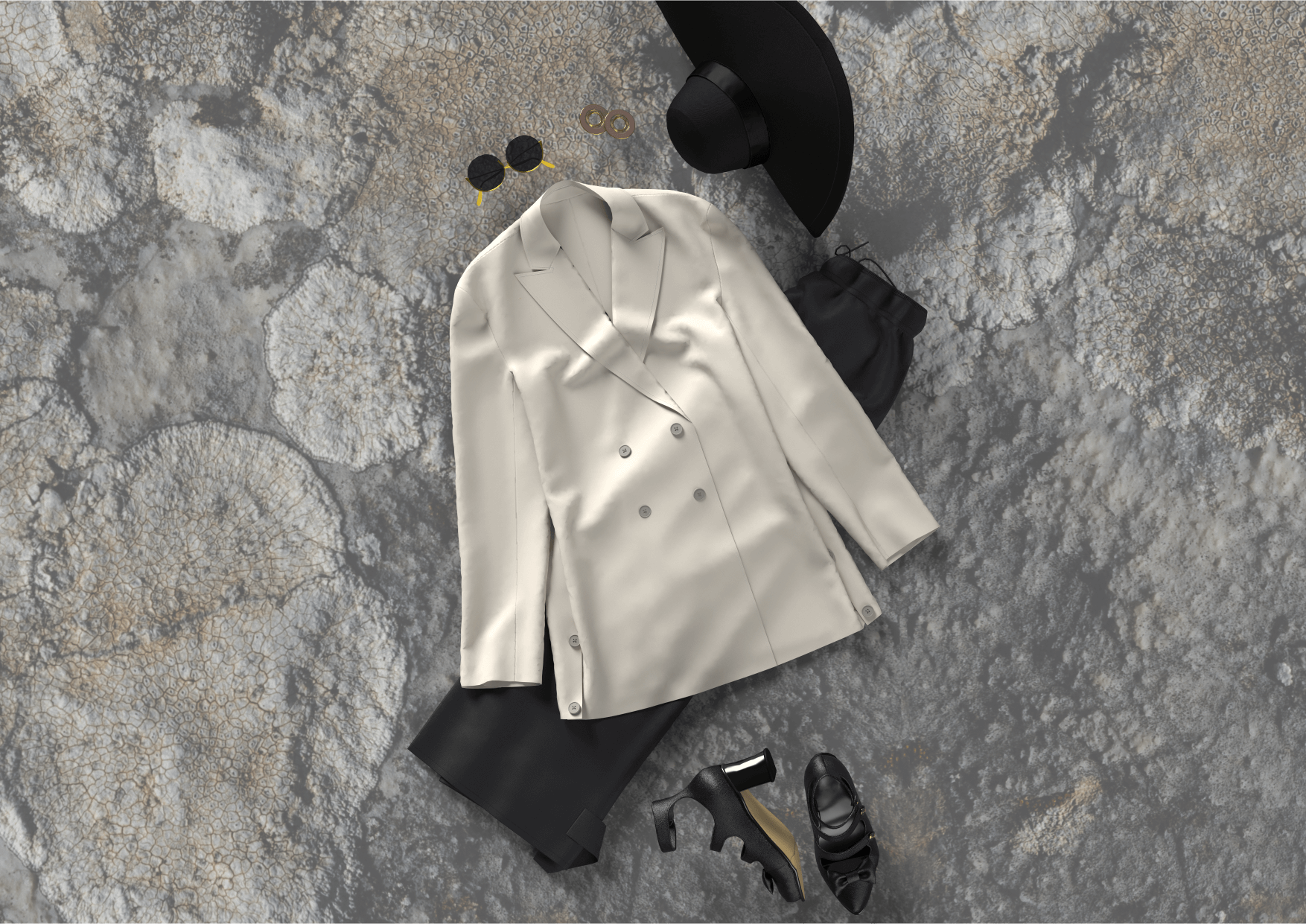
25/06/25
The way we design and develop garments is evolving, and fast. Traditional workflows involving physical samples, repeated prototypes, and long feedback loops can be costly, time-consuming, and unsustainable.
That’s where 3D tools like CLO3D come in.
Designed specifically for fashion professionals, CLO3D allows you to create digital garments that behave like real ones, Improving communication, reducing sampling, and helping teams make decisions earlier in the process. Here’s how it supports a more efficient and sustainable way of working.
Fashion development can be slow and resource-heavy. Waiting weeks for a physical sample, reviewing fit, and repeating the process can cause delays and add unnecessary costs.
With CLO3D, you can create realistic, true-to-life digital samples in a matter of hours. These samples can be adjusted and approved digitally, before committing to any physical production.
Some brands have reduced sampling by up to 50%, resulting in shorter timelines and greater budget flexibility.
It’s common for physical samples to return looking different from the original sketch. A flat technical drawing can only communicate so much. CLO3D allows you to visualise how a garment will actually fit, drape, and move, helping you spot potential issues before the first sample is made.
Pattern cutters, technical designers, and garment technologists can work directly from a detailed 3D prototype, reducing miscommunication and ensuring greater accuracy across teams and manufacturers.
The fashion industry is under increasing pressure to reduce waste. Every unnecessary sample, incorrect prototype, or rejected batch contributes to environmental harm.
By working digitally, teams can reduce fabric waste, minimise excess production, and lower their overall carbon footprint, without limiting design possibilities. You can still explore creativity, colourways, print placements, and styling, just with fewer physical resources.
Sustainability in this context is about making more informed choices earlier in the process.
CLO3D enables clearer, faster communication between teams working across design, development, and production. Need to adjust a pattern, tweak a colourway, or test fabric behaviour? These changes can be made in real time, without needing to wait for a new physical sample.
Using platforms like CLO-SET, teams can also manage digital assets, track design changes, and create interactive tech packs. This improves visibility and consistency from concept through to manufacture.
3D fashion design is no longer just for early adopters, it’s becoming an industry standard. Brands already using tools like CLO3D are working more efficiently, reducing waste, and improving speed to market.
If you’re still relying solely on 2D drawings, physical samples, and manual revisions, it’s worth considering how much time, material, and labour that approach is costing in the long run.
CLO3D isn’t just software, it’s a practical tool that helps you develop garments more efficiently, more accurately, and with fewer resources. Whether you’re a designer, pattern cutter, or product developer, learning how to use CLO3D can enhance the way you work.
At Fashion Toolbox, I offer tailored CLO3D training designed to fit your role, your product area, and your existing skills. From technical garment builds to creative exploration, each session is structured to give you practical, industry-relevant skills that you can apply straight away.
📌 Learn more about CLO3D training options here:
https://www.fashiontoolbox.co.uk/digital-fashion-design-training